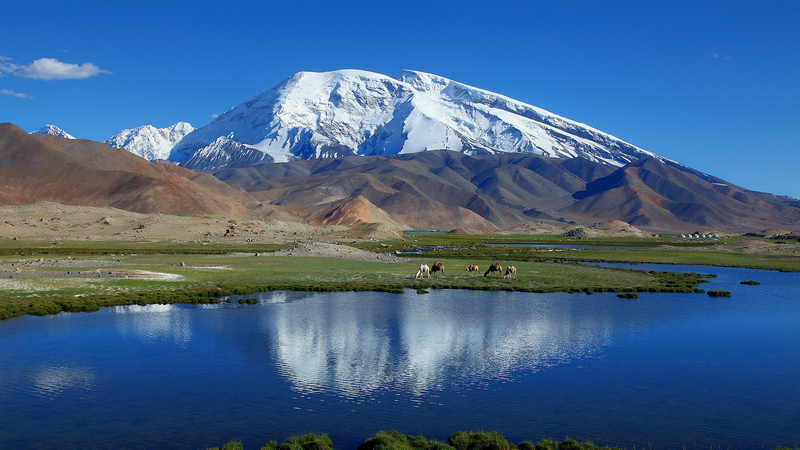High up on the roof of the world, above 4,000 meters, a team of Chinese mainland and Tajik scientists brace frosty winds as they track herds of Marco Polo sheep.
Armed with spotting scopes and data logs, the joint expedition navigates rugged ridges of the High Pamirs, a region straddling the border between Tajikistan and the Chinese mainland. For conservationists, these sheep are more than a majestic sight—they’re a flagship species that signals the health of this fragile ecosystem.
"Whenever we encounter suitable habitats for Marco Polo sheep, we stop and observe. Sometimes we see only a few, sometimes dozens. Each sighting is valuable for our research," says Yang Weikang, a researcher at the Xinjiang Institute of Ecology and Geography under the Chinese Academy of Sciences. His team records each track and tally, building a data set to map migration routes and population trends.
Tajik counterparts bring local expertise, sharing insights on grazing patterns and seasonal movements across valleys often cut off by snow and wind. Together, they’re piecing together a high-altitude puzzle: how to protect these sheep from poaching, habitat loss, and the impacts of climate change.
Preliminary data from the expedition reveal fluctuations in herd size over the past season, underscoring the urgency for cross-border cooperation. By tagging and tracking individual animals, scientists hope to identify critical grazing zones and safe corridors that span national boundaries.
This joint mission represents a new chapter in regional wildlife conservation. It shows how data-driven insights and teamwork can help safeguard species that have roamed the Pamir Plateau for centuries—and inspire a new generation of globetrotting scientists and nature advocates.
As global citizens tune in, these efforts remind us how science and solidarity can keep the wildlife of our planet thriving—one high-altitude expedition at a time.
Reference(s):
cgtn.com
